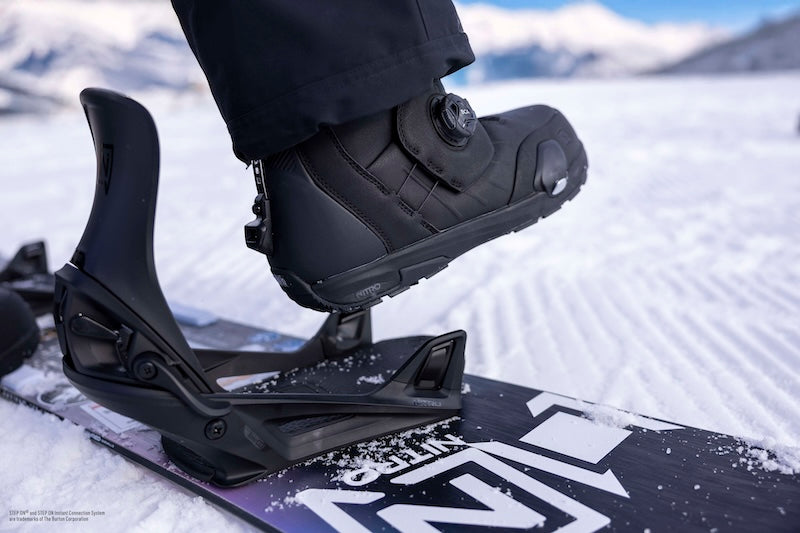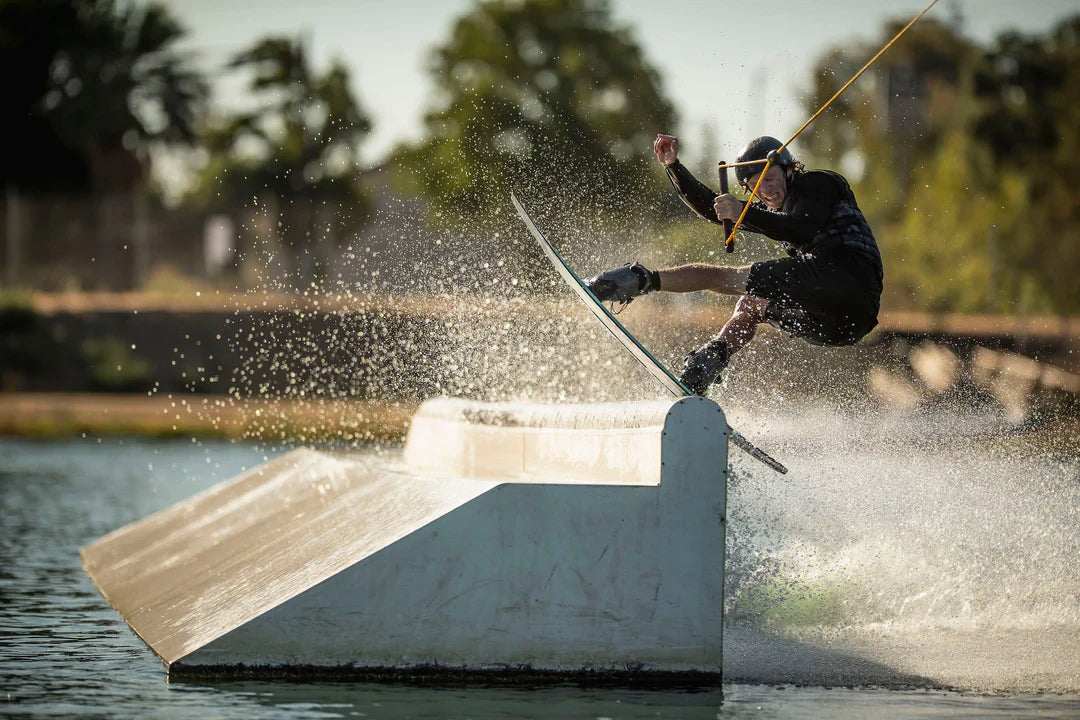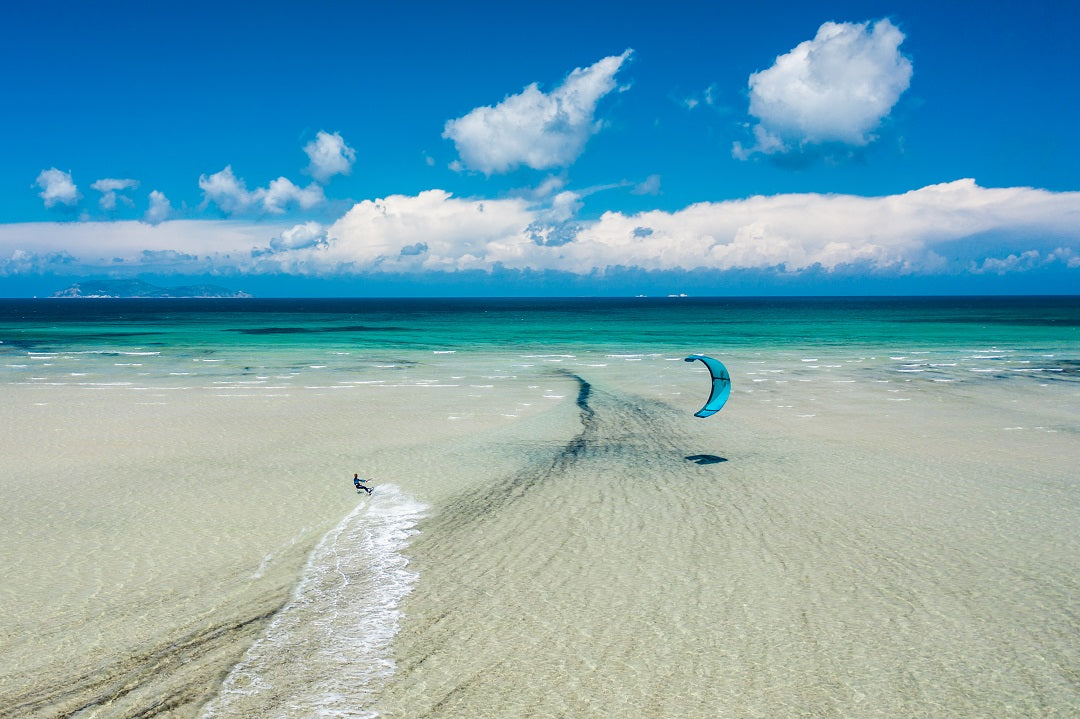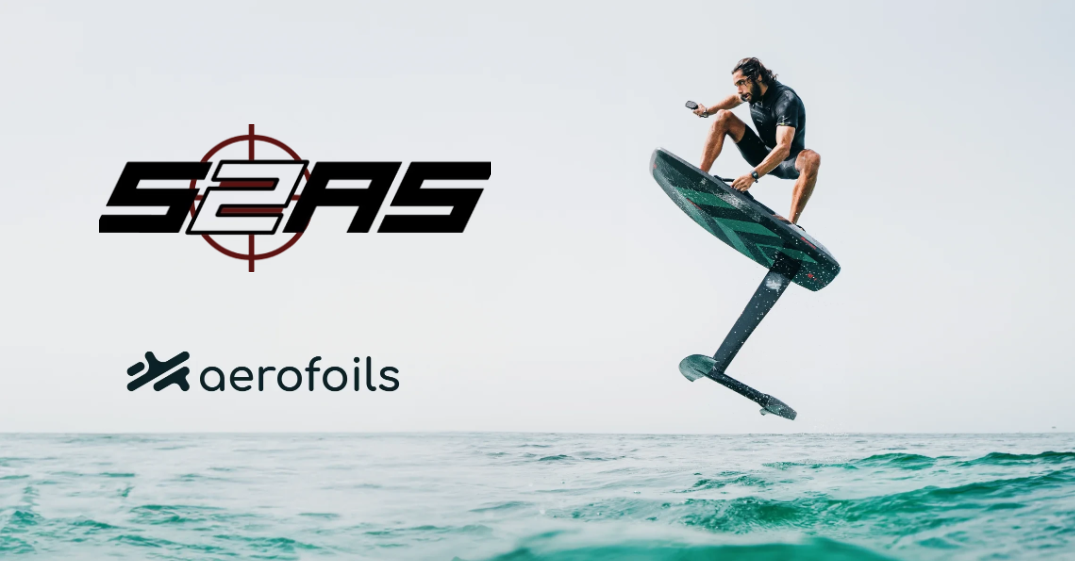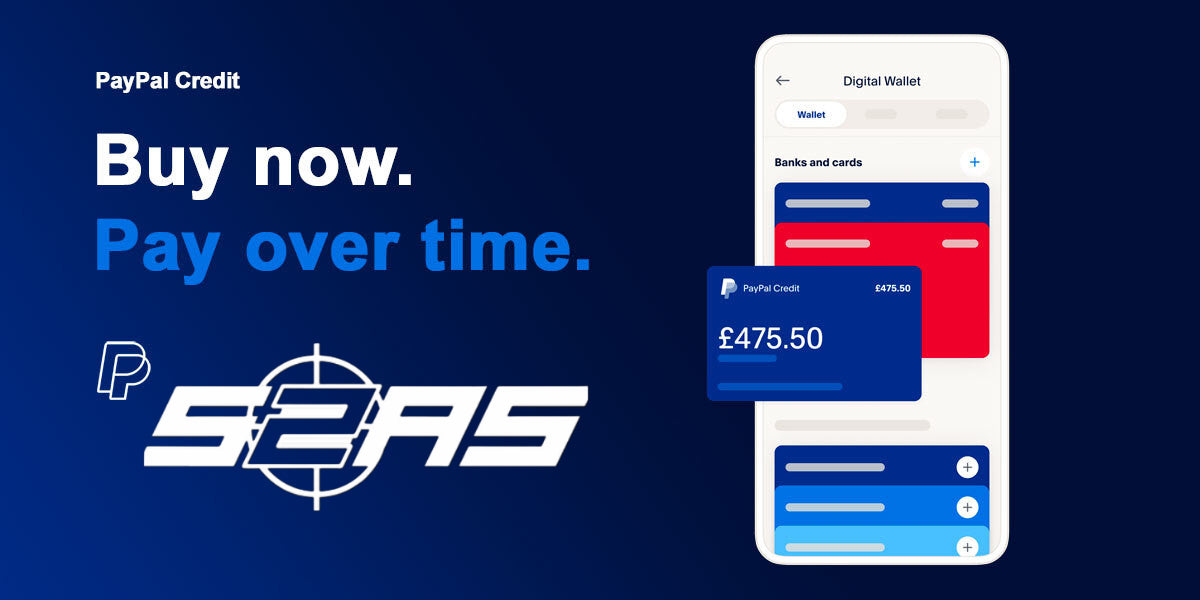Wakeboarding is a fantastic sport closely related to snowboarding, surfing, and water skiing. Spending an afternoon out on the water with your mates is just one of the many reasons you should give wakeboarding a go. This is our guide to wakeboarding for beginners. We are going to give you loads of tips and tell you what to expect when you get dragged behind a boat.
The Basics
We will start right at the beginning to make sure you are up to speed.
A wakeboard setup consists of a board and bindings. Your bare feet simply slip into the bindings, comfortably securing the board to your feet. You are towed along the water by holding on to a handle that is either attached to a boat or a cable system at around 20mph (we will go into this part later in more detail).
Wakeboarders skim across the surface of the water, turning across the wake and using it as a ramp to perform a ridiculous array of tricks.
Your First Day Wakeboarding
[Image: wakeboard start]
The first thing you need to do is stand up. Your instructor will go through the technique on the dock before getting in the water. Most wakeboard schools will start you on the boom. This sticks out of the side of the boat and provides a more stable platform for developing the right technique. It also makes it easier for the instructor to shout instructions at you. After a few goes on the boom you will move on to a short rope.
Some people will get up the first time, others may take a few tries and there will be the people find it a bit more difficult. Everybody is different, but paying attention to your instructor is key to getting up on your feet.
If you are already into board sports, you will probably know if you have a goofy or regular stance. If you are not sure what these terms mean, they relate to which foot is forward when you are standing on the board. With a wakeboard, you will naturally find out as soon as the boat starts pulling you out of the water.
Every beginner wakeboarder will experience falls, it is just a fact of life. You will be riding along quite happily, hoping that your mates are getting some good photos….then BAM! You go face-first into the water and realise it isn’t as soft as you thought. Your instructor will know exactly what went wrong, so make sure you take note of what they say. This way, you will be able to prevent falls until you start experimenting with more advanced riding.
Most wakeboarding sessions only last 10 to 15 minutes at a time. This is because it is quite hard work on your arms, especially as a beginner. Don’t be put off by this, it is normal and after a few sessions, you will start to build up the essential muscles and be able to hold on much longer. When you have a boat full of mates, you take it in turns, so you can give your arms a rest before jumping back in the water.
Once you get up on your feet and can comfortably ride without falling, you get a surprisingly great feeling of freedom. Carving across the wake and into the calmer flat water is awesome fun and you will soon want to start trying new stuff. With wakeboarding, the learning curve is pretty steep, which means you progress very quickly. With just a few hours of tuition, you can be jumping the wake and doing tricks, feeling like a hero.
Things To Remember When Wakeboarding
Now we are going to give you some things that you should keep in mind when wakeboarding. These will make it easier and to reduce the number of dunkings you get.
- Listen to your instructor� – This may seem like a simple thing, but you will be surprised how often beginner wakeboarders forget what the instructor says and try to work it out for themselves. Listen to your instructor and analyse what you are doing to make sure that you are doing it correctly.
- Don’t pull� – Beginner wakeboarders tend to pull on the handle, especially when getting up on their feet. This is a really bad technique and can make the nose of the board go under the water. It also zaps your energy, making it much harder. You need to remember to let the boat pull you up on to your feet with your arms straight.
- Keep the handle at hip level� – Many beginner wakeboarders keep the handle high up, like water skiers. This will cause you to hit the water face first, as it will pull you forward. This is something you practice on land before you get in the water.
- Keep your head up� – It is really common for beginner wakeboarders to look at their feet or the nose of the board, this is a habit you need to get out of straight away. Your head is heavier than you think and will make you lean forward a bit if you look down. This puts pressure on your front foot, ending up with you getting a face full of wake.
Where To Go Wakeboarding
As a beginner wakeboarder, you really would be better off learning on water that is as flat as possible. Coastal and inland lakes are perfect for learning, as are some rivers. A great place to learn in the south is Ellingham. This is the perfect location for beginner wakeboarders, as the lake is sheltered and clean. Check out� Ellingham Waterski and Wakeboard Club� for more information.
As you progress, you may want to head in to open water. Wakeboarding in the sea has a few differences. The first thing is that saltwater is a bit more buoyant, so standing up is a bit easier. However, if the conditions are rough, it can be much more difficult due to the inconsistent surface.
Being towed behind a boat is what most people picture when they think about wakeboarding, using the wake as a ramp for tricks. However, you can also use a cable. This is a fixed system on a small area of water. It acts a bit like a drag lift at a ski resort with a rotating cable. The cable has several individual towing points with a rope and handles attached. This is what pulls the wakeboarder along the water. With a cable, there is no wake, so to get some air time, the course has several ramps and rails for riders to perform tricks on.
There are a few other differences between using a boat and a cable for wakeboarding. Wakeboarding from a boat means that riders go one at a time, but a cable can take 4 to 8 riders around its loop and you can stay on as long as you have enough strength in your arms. Cable time is also much cheaper than a boat, due to fuel costs.
What You Need

As a beginner wakeboarder, you don’t need a thing. Your wakeboard centre will have all the equipment necessary. But, the stuff wakeboarders use are as follows:
- Wetsuit� – Most people opt to wear a wetsuit, but this is determined by the climate, time of year, and how brave you are. Wetsuits keep you warm when wet and make perfect sense when you are learning. This is because you will be bobbing around in the water quite a lot. If you have one, you may want to bring your own wetsuit, but there is no point paying for your own equipment until you know that you are going to love wakeboarding.
- Impact vest/buoyancy aid� – Staying afloat is pretty essential, especially when learning to wakeboard. Impact vests give you a bit of protection when you hit the water, while buoyancy aids offer less protection, but more float, which is handy when you are listening to instructions from the water.
- Helmet� – These are more for cable parks, as there are a few things that you could bump your head-on. Most cable parks will allow you to use their helmets for free.
- Board and bindings� – In the beginning, you should use the boards and bindings provided by your wakeboard school, this is because they can be pretty expensive. You can buy boards and bindings online, but don’t hesitate to give us a call to get advice on what is right for you. You need to make sure you get the right type of board for the type of wakeboarding you are doing. For example, if you are riding with a boat, you will want a board with fins. If you are riding cable parks, you will want a board with no fins or ones that are small or detachable, so you can hit the features without damaging it.
If you decide that wakeboarding is for you and you want to get your own stuff,� check out our guides� for buying the best equipment for you.
Wakeboarding vs Snowboarding�
Wakeboarding is an obvious sport for snowboarders to do during the summer. Some of the skills are transferable, but there are some differences between the two sports.
Many snowboarders that try wakeboarding won’t have too much of a problem getting going. After a few failed attempts at standing up, there is a good chance you will be able to turn across the wake and do some small jumps. The biggest difference when it comes to technique is the rope handle. This adds a new dynamic to tricks, especially when it comes to spinning, as you need to be coordinated enough to pass the handle around your body while in the air.
Hit The Water!

Now it is time to get out on the water and try wakeboarding for yourself. The learning curve is steep, but once you can stand up, you will soon see the potential of how much fun you can have. Keep in mind the things we have mentioned and you will build up the skills in no time.
At Surface 2 Air Sports, we have everything you need for all levels of wakeboarder.� Check out our wakeboard products online, or visit us.�


